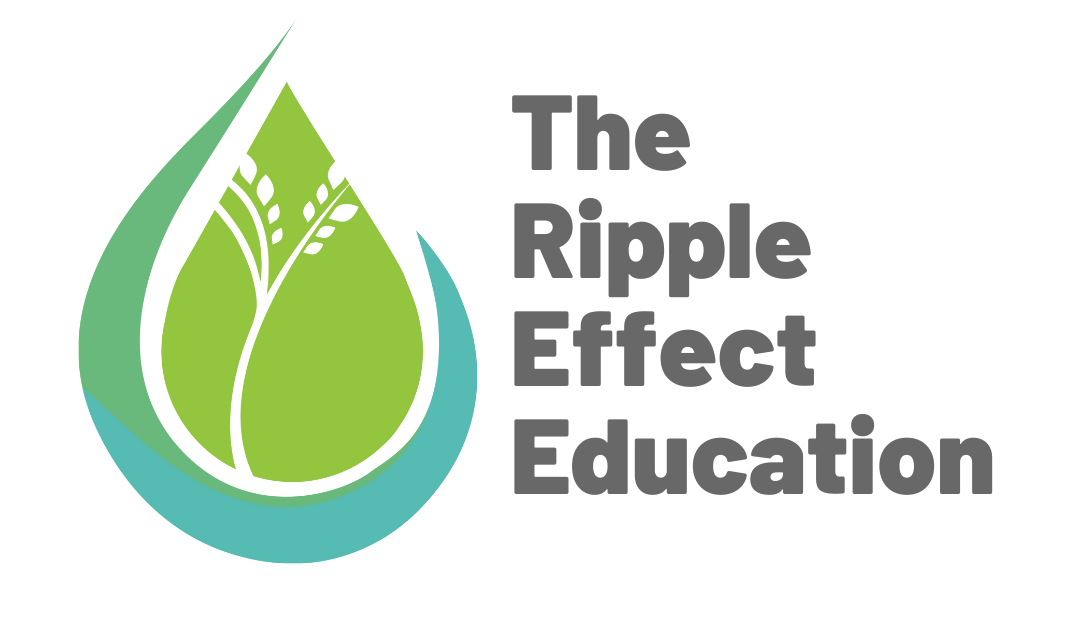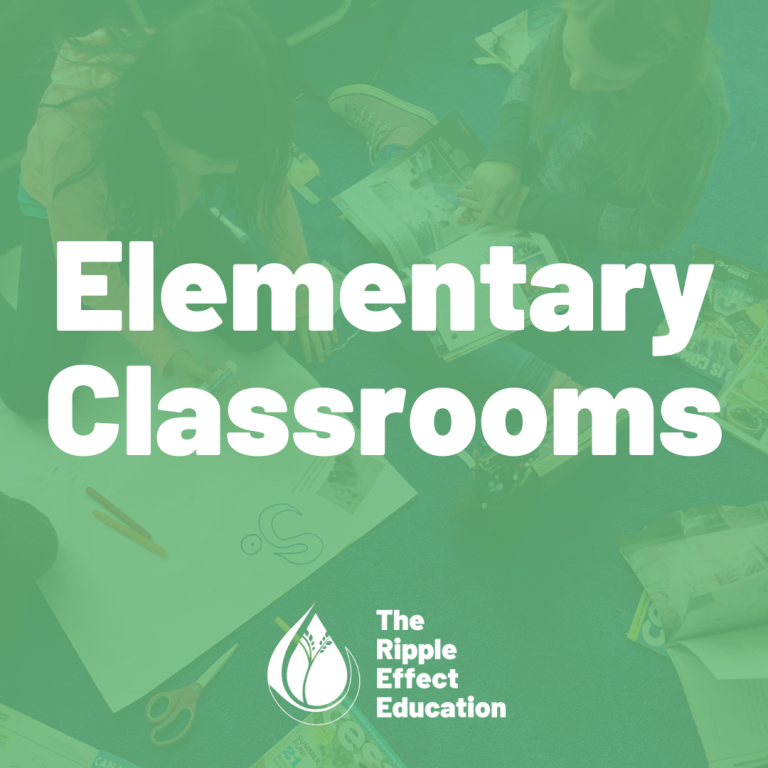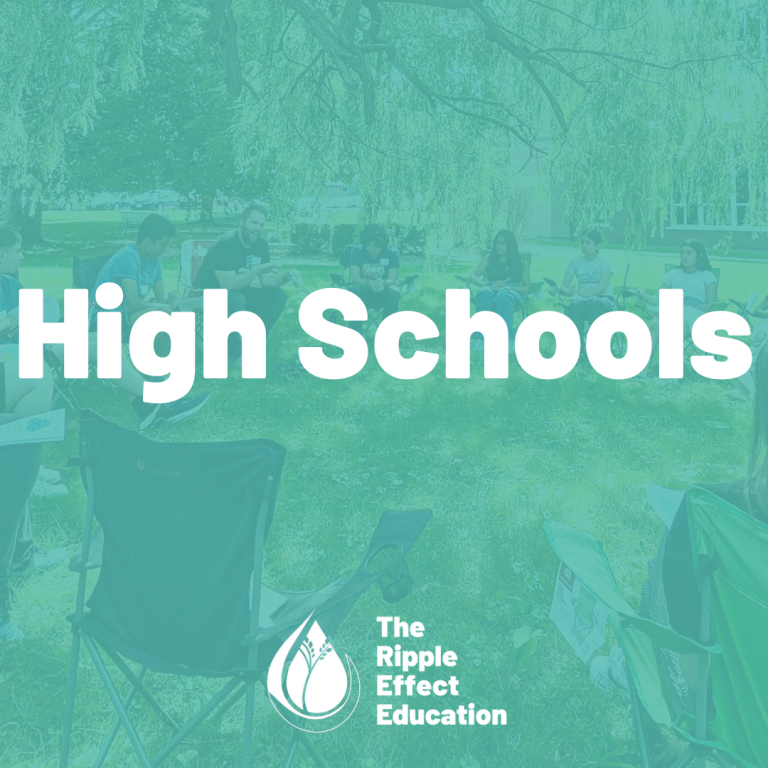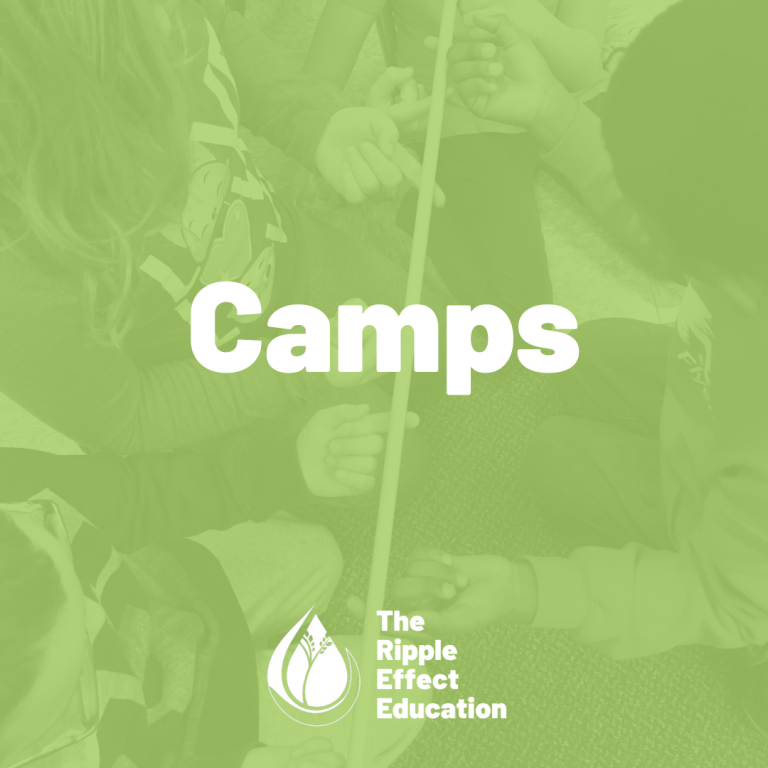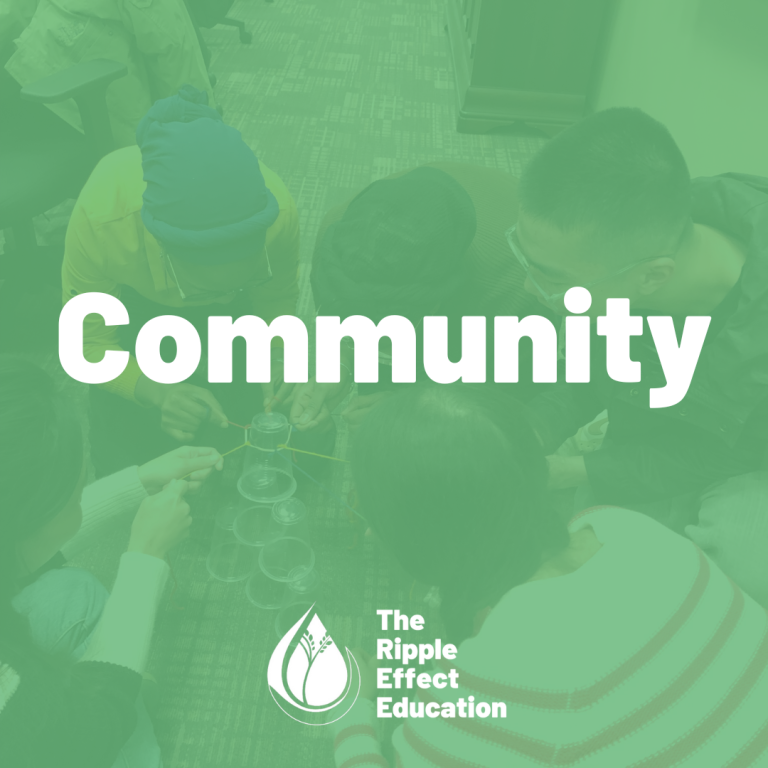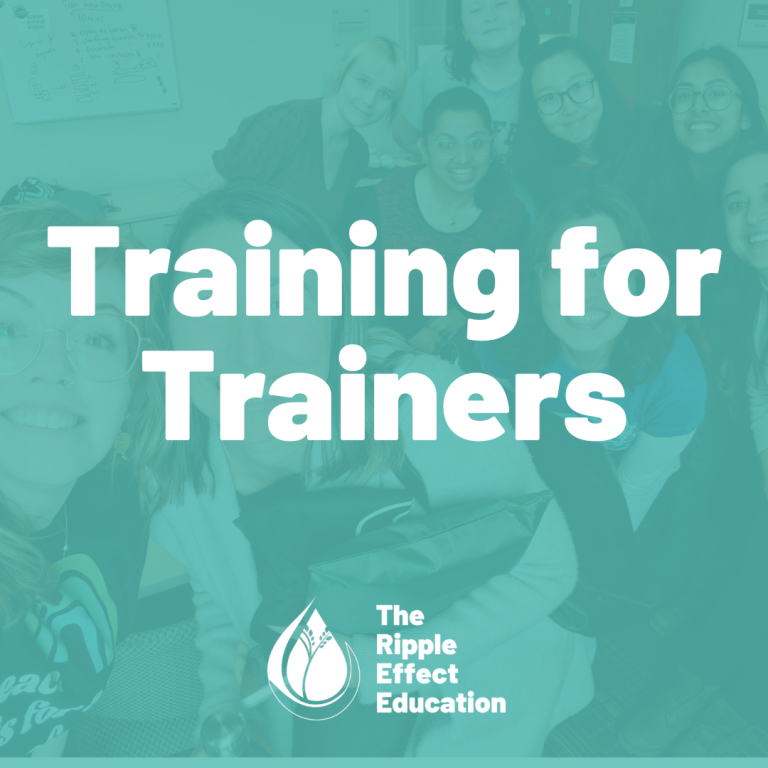Early on in my role as a TREE facilitator, I was feeling preoccupied trying to juggle our lesson while keeping my attention on our time limit. I was inattentive to a student’s (let’s call him Phil) contribution to our discussion, which they had voiced in the chat window. I was engaged in mindlessness. Mindlessness is living outside the moment, distracted by other thoughts, leaving us ill-equipped to deal with conflict because it diminishes our ability to listen to understand others. My mindless moment meant that my focus wasn’t on the chat window, and Phil had become noticeably disengaged with the lesson.
An automatic response to a student’s disengagement may be a simple “Please pay attention,” without taking the time to be aware of the underlying reasons for their behaviour. In my situation, I grounded myself in my breath and became aware of my actions and the influence I had on the situation. I realized that Phil’s comment in the chat hadn’t been addressed, and he had lost interest in our discussion. I took ownership of my mindless moment and I asked Phil to share his answer, regaining his attention and participation.
To combat mindlessness we must engage in mindfulness: a type of meditation that directs focus on being aware of our senses and feelings in the moment, without interpretation or judgement.
We are often bombarded with reminders to be mindful and it can seem daunting to incorporate another task into our day. I have learned that mindfulness does not always call for strict requirements: forcing us to clear our minds, hold a specific posture, or carve out this practice as a ‘special’ time we take for ourselves each day. Building up the importance of mindfulness practice can weigh heavy on us, especially if we are new to the practice. It can be counterproductive when the practice causes us to tense up or avoid the practice completely because we find it too much to engage within our already busy lives.
I want to provide a simple mindfulness practice traditionally associated with Buddhism, shamatha, meaning calm presence. This practice is centred around concentration on your breathing as it is. If you are breathing, you are already halfway there to starting this practice!
The simplicity of this practice allows it to be used anywhere you are, and as we become more familiar with it, it will become a tool used effortlessly to ground ourselves in the present.
Step 1: Position
Find a position that is most comfortable for you, and possible, given your current environment and needs.
Step 2: Breathing
Breathing normally, bring your attention to your breath. Ground yourself in the present by bringing attention to the senses. How does your breath feel? Feel the way you breathe in through your nose and fill your lungs, and breathe out to empty them. How does it look? Watch your abdomen expand as you breathe in, and empty as you breathe out. How does your breath sound?
Step 3: Thoughts are ok!
Do not try to stop your thoughts, allow them to come and go. Return to focus on your breath.
Step 4: Repeat steps as needed
Be patient and kind with yourself.
The changes that happen as a result of incorporating this simple practice are plentiful. Breathing techniques, like shamatha, send signals to the brain to regulate the parasympathetic branch of our nervous system, promoting feelings of calm, and to our central nervous system, related to emotional control (Zaccaro et al., 2018). We are overturning habits of distraction and, with regular use, this practice improves our ability to sustain attention (Zanesco, 2018), enhance positive emotional responses (Roemer et al., 2015), and assist to reduce stress and burnout (Zarate et al., 2019).
These results assist us in working on conflict in a state of calm, allowing us to create space to be more intentional in how we respond and approach challenging situations more constructively.
In TREE’s Peacemaking for Educators program, we begin each module with a mindfulness exercise. Participants shared that our mindfulness exercises allowed them to gain a sense of calm, bring their attention to the program, and underlying leave distractions behind. Imagine what this simple practice could do in the classroom!
Which mindfulness practices do you use in your classroom? Let us know in the comments below!
References
Roemer, L., Williston, S. K., & Rollins, L. G. (2015). Mindfulness and emotion regulation. Current Opinion in Psychology, 3, 52-57.
Zaccaro, A., Piarulli, A., Laurino, M., Garbella, E., Menicucci, D., Neri, B., & Gemignani, A. (2018). How breath-control can change your life: A systematic review on psycho-physiological correlates of slow breath. Frontiers in Human Neuroscience, 12 (353).
Zanesco, A. P., King, B. G., MacLean, K. A., & Saron, C. D. (2018). Cognitive aging and long-term maintenance of attentional improvements following meditation training. Journal of Cognitive Enhancement, 2(3), 259-275.
Zarate, K. Maggin, D. Passmore, A. (2019) Meta-analysis of mindfulness training on teacher well-being. Psychology in the Schools, 56(10), 1700-1715.
Photo by Chris Montgomery. https://unsplash.com/photos/smgTvepind4.
 Alley McDonald has a commitment to and involvement in social justice, serving her community in different volunteer capacities involving S2LGBTQ+ and women identifying rights, and conflict resolution education. She graduated with distinction with an honours BA from the University of Waterloo, with a joint major in Peace and Conflict Studies and Sexuality, Marriage, and Family Studies, and a minor in Gender and Social Justice. She has recently graduated from York with a certificate in Family Mediation, and a certificate in Conflict Management and Mediation from Conrad Grebel University College. She is passionate about creating effective and inclusive change in her community.
Alley McDonald has a commitment to and involvement in social justice, serving her community in different volunteer capacities involving S2LGBTQ+ and women identifying rights, and conflict resolution education. She graduated with distinction with an honours BA from the University of Waterloo, with a joint major in Peace and Conflict Studies and Sexuality, Marriage, and Family Studies, and a minor in Gender and Social Justice. She has recently graduated from York with a certificate in Family Mediation, and a certificate in Conflict Management and Mediation from Conrad Grebel University College. She is passionate about creating effective and inclusive change in her community.
